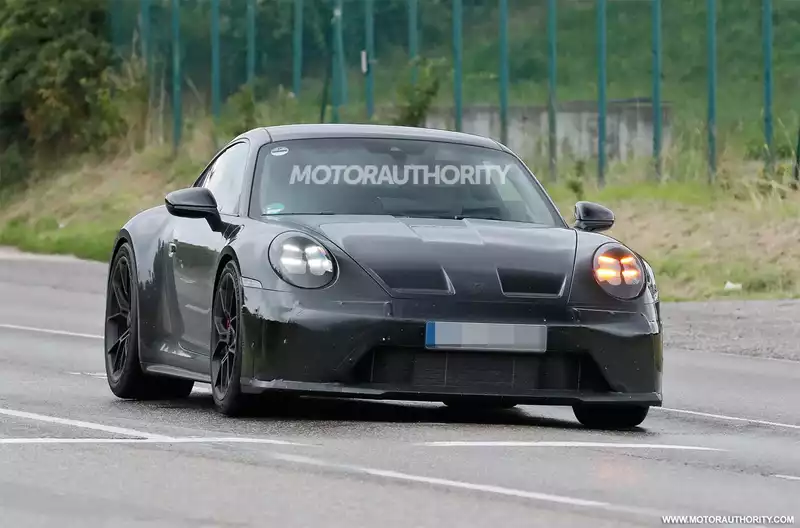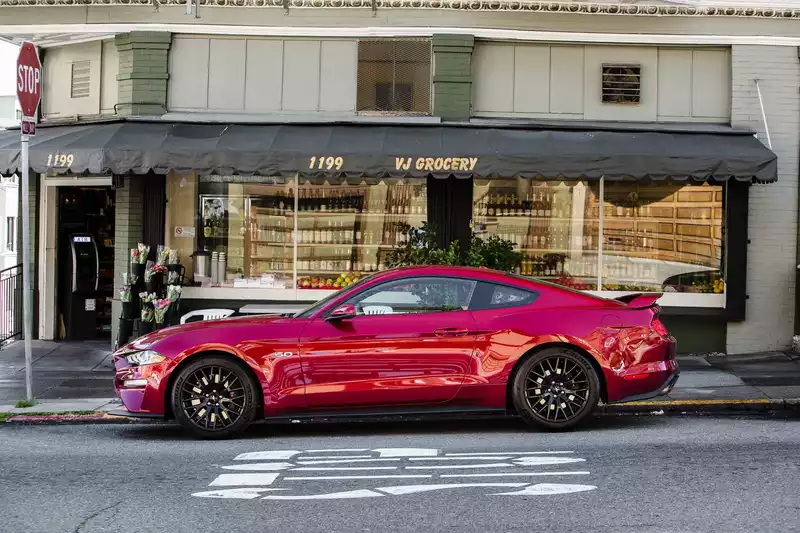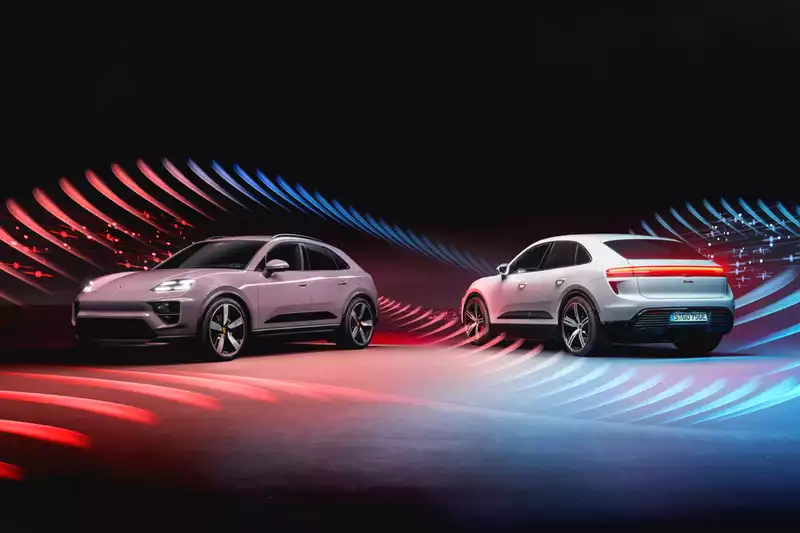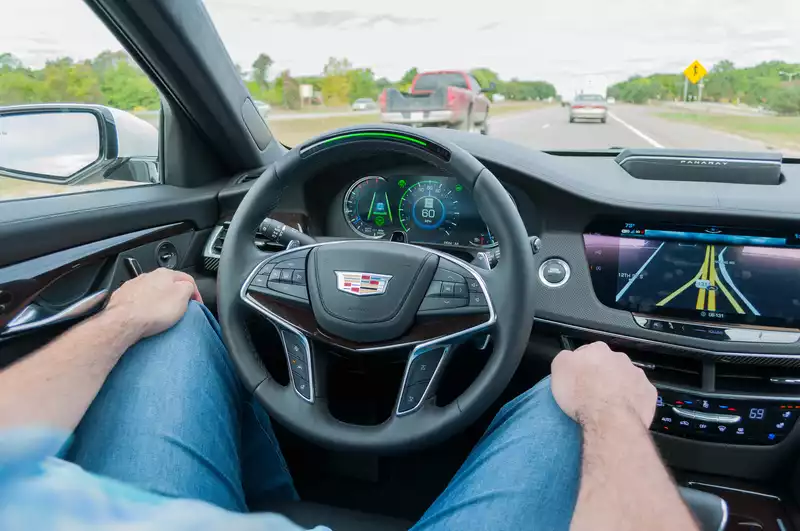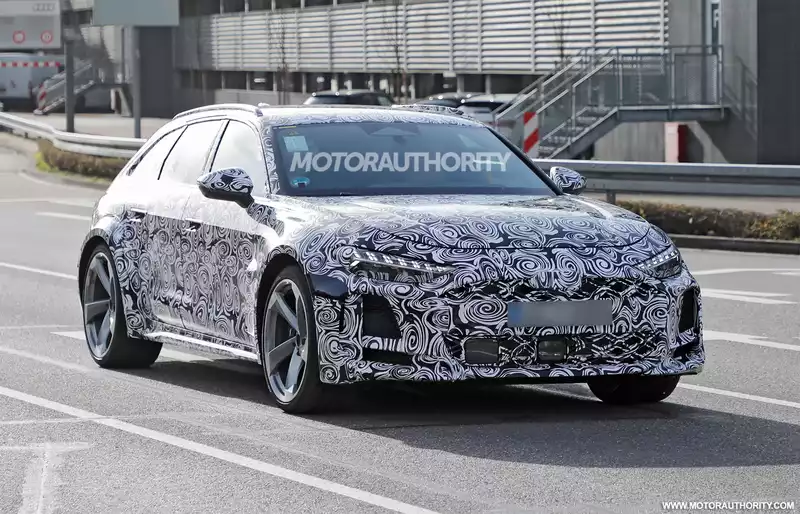To earn the Audi RS badge, all you need to do is
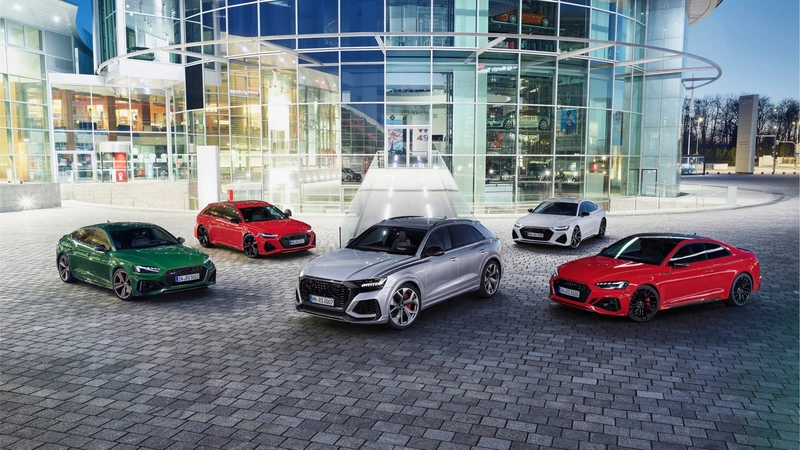
The Audi RS is the equivalent of the BMW M or Mercedes-AMG. Like these brands, Audi has given its regular production models to a specialized performance division (officially named Audi Sport GmbH) for upgrades; in a press release in late May, Audi announced details of its development process.
Like many other performance cars, the development of Audi RS models will be centered on the Nürburgring Nordschleife. All RS models will undergo at least 8,000 km (4,970 miles) of testing on the 12.9-mile circuit, Oliver Hoffmann, managing director of Audi Sport, said in a statement.
"The circuit will provide us with detailed information on the durability of the parts and suspension under extreme conditions," Hoffman said.
To maximize the performance of the RS models, Audi Sport has hired a Nürburgring specialist. Frank Stippler is a local engineer and racing driver who has won the Nürburgring 24-hour race twice; in 2019, he set a lap record for a production SUV by driving the 2020 RS Q8 around the track in 7:42.253.
Testing of the RS is not limited to the Nürburgring. Performance models must meet the same durability standards as other Audi models and are tested in hot and cold conditions at various locations around the world The RS Q8 has completed 7.4 million miles of testing (30 times around the world). The automaker says the SUV has been lapped around the Nardo high-speed test track in Italy, endured the cold of a Finnish winter, and tested in the heat and high altitude of South Africa.
The RS models are produced along with standard Audi models at four plants: the RS 3, RS 4, and RS 5 are produced in Ingolstadt, Germany; the RS 6 and RS 7 are produced in Neckarsulm, Germany; the RS Q3 and TT RS are produced in Gyor, Hungary; the RS Q8 is in Slovakia The RS Q3 and TT RS are produced in Gyor, Hungary, and the RS Q8 is produced in Bratislava, Slovakia. At each plant, RS-specific parts are added at the appropriate point in the assembly process; for the RS 6 Avant, only the front doors, roof, and tailgate remain unchanged from the base A6 Avant. Exterior changes are primarily inspired by the function-following look of racing cars.
Audi states that its quality assurance department assembles the RS body in an aluminum master jig. This master jig employs state-of-the-art measurement features such as a laser scanner that measures millions of points on the surface of every part. This allows Audi to adjust every surface, joint, and radius to the nearest tenth of a millimeter to improve the aerodynamics of the car.
The Neckarsulm plant is located near the Audi Sport headquarters and has a test track where the cars are shaken down before shipping to customers. Race cars will be manufactured on the same site, which will also house an assembly facility for the Audi E-Tron GT electric car.
Audi currently has 12 RS models in its lineup, with eight sold in the United States. The next model will most likely be the RS 3, a redesigned model based on the A3 compact car. Since the new A3 is scheduled to be introduced in the U.S. as a 2021 model, the RS 3 is expected to be launched in the 2022 model year. As with the current generation, the RS 3 will likely be offered only as a sedan in the U.S., with a hatchback version available in the rest of the world.
